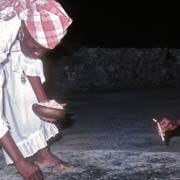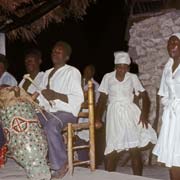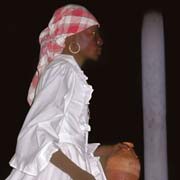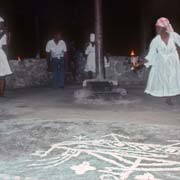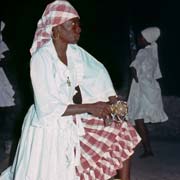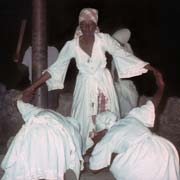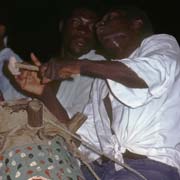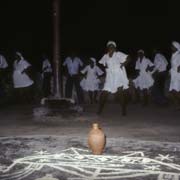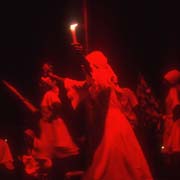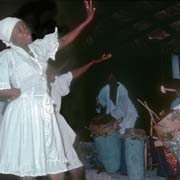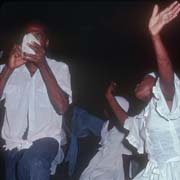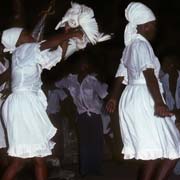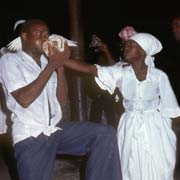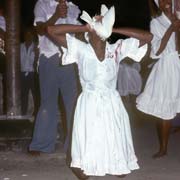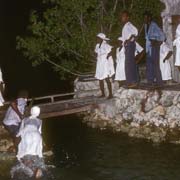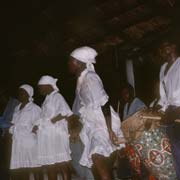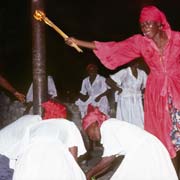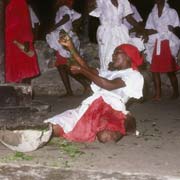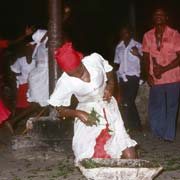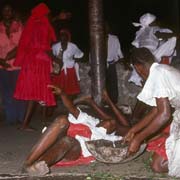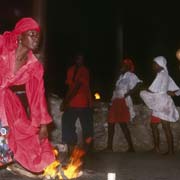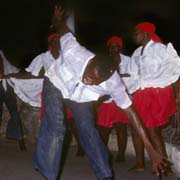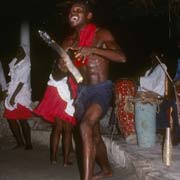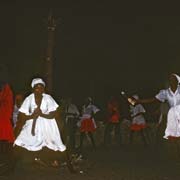Photos of A Voodoo ceremony in Port-au-Prince, Haiti
A Voodoo ceremony in Port-au-Prince
Most of the Africans who were brought as slaves to Haiti were from Western and Central Africa and brought with them their system of beliefs, “vodu”, which in the Fon, Ewe and similar languages means “spirit” or “divine creature”. As their white masters forbade them to practice a “pagan” religion and forced them to convert to their religion, they mixed elements of Roman Catholicism into it. Over time Haitian Vaudou or Vodau (in English: Voodoo) has evolved, having its roots in several West African religions but incorporating some Roman Catholic and even Arawak Amerindian influences.
you may then send it as a postcard if you wish.
It is common for Haitian followers of the Vaudou religion to include Catholic prayers in Vodau worship. From 1804, the day of independence, to the present, missionaries have tried to convert Haitians back to the Christian religion, previously forced on them by their masters. Still, it remains a powerful force in Haitian society.
Haitian Vaudou’s central belief system is that there are various deities, or “Lwa” (usually spelled “Loa”), who are subordinate to a greater God, known as “Bondyè” (from French “Bon Dieu”, “Good God”), who does not interfere with human affairs. Vaudou worship is therefore directed to the “Lwa” or other lesser spirits (“Mistè”). As in many African religions, there is also ancestral worship and rituals to protect against evil witchcraft. For the chosen few, there are initiation ceremonies like the “Lave tèt” (“Head washing”) or “Kanzwe” in the north or “Kanzo” in the south. There are male and female priests (called resp “Houngan” and “Mambo”) with initiates (“Hounsis”), who act as assistants during ceremonies and are dedicated to their own personal mysteries.
I took the photos on this page during a public ceremony in Port-au-Prince. There were some spectacular scenes, like ripping a live gull apart and eating it, feathers and all, people falling into a trance and chewing bits of burning wood from a fire stick. It may have been more of a show for tourists than a serious ceremony, but it did provide a window to a world that is mostly a mystery to outsiders.



